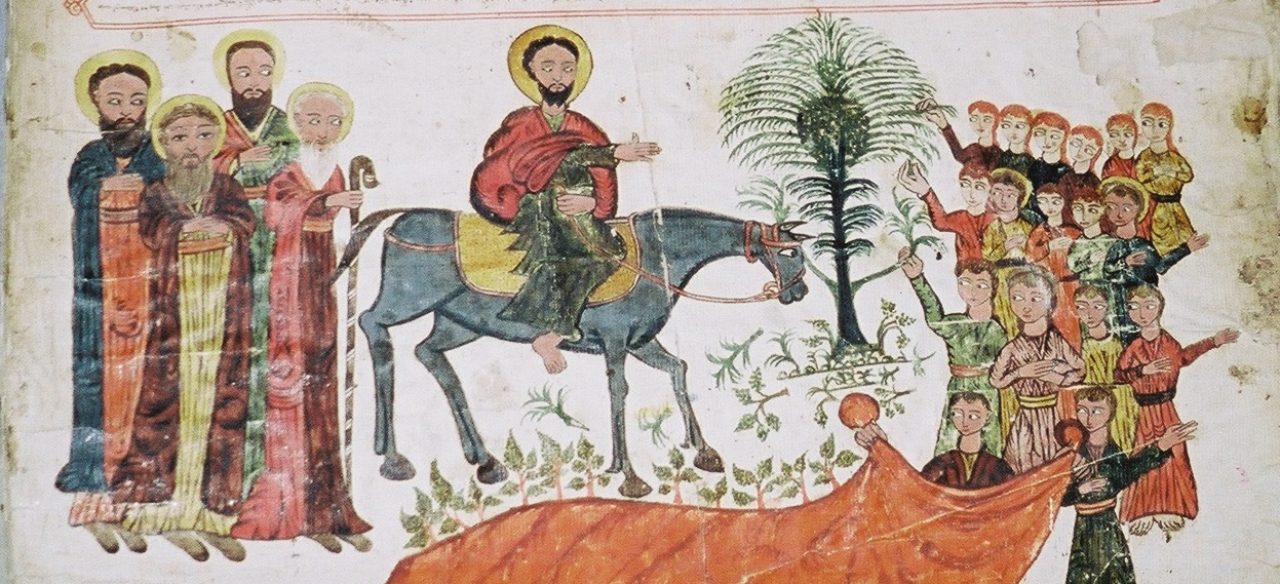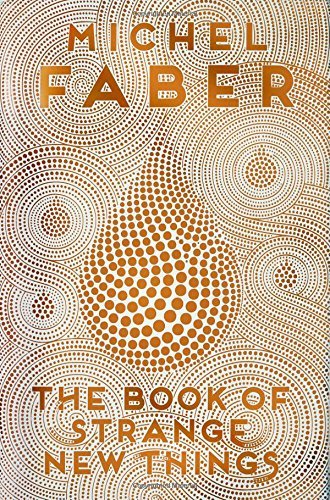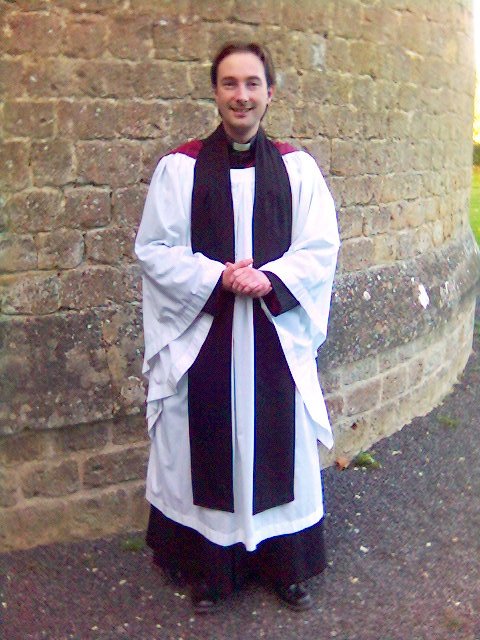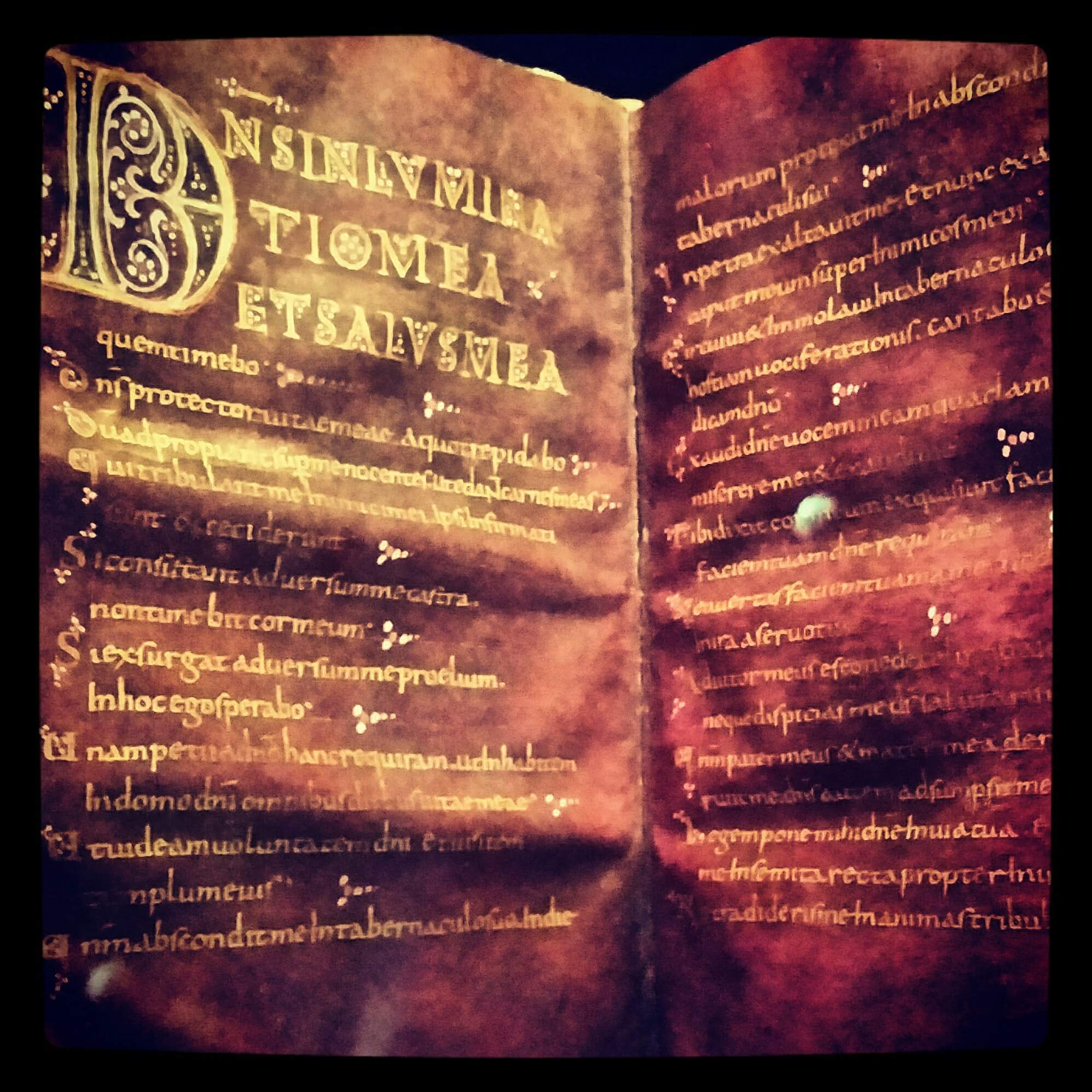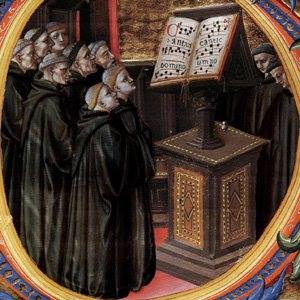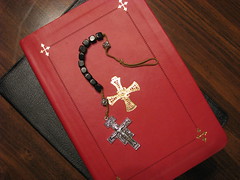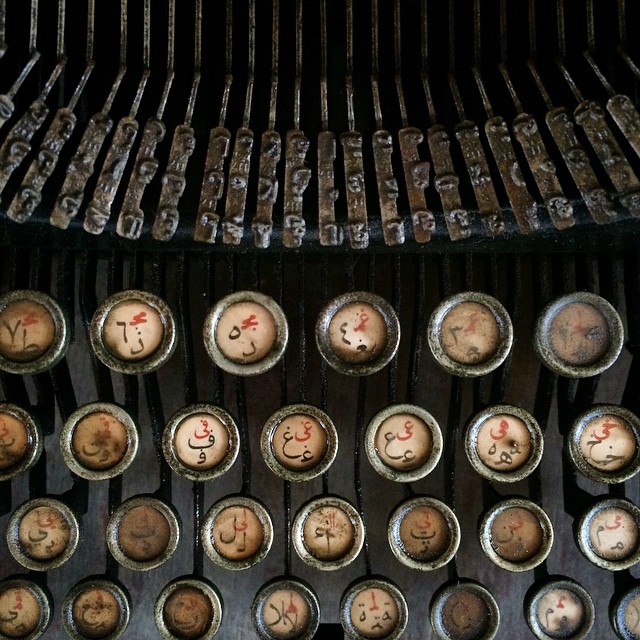This tale of a Christian missionary in space tells us more about life, love and faith than most down-to-earth fiction.
Michel Faber once said that he was an atheist. If that is still true, his latest novel — The Book of Strange New Things — suggests that he takes religion so seriously, considers it so valuable, that he cannot bring himself to sully it by believing. Within the novel, the ‘Book of Strange New Things’ is the Bible, and so Faber has written his own bible, what he wants to say to our common humanity about life and death, faith and doubt. He has produced something far more lucid and alive to human joys and sorrows than any bowdlerised attempt by AC Grayling.
The book is full of humour, that warm kind of wit that dimples the cheeks when we catch a glimpse of the fact that everyday human existence was ever part comedy. Yet Faber had me weeping in despair for humanity too, and he gently led me back and forth between the two until I understood the need for both.
Peter Leigh is an English Christian pastor who has been called to be a missionary. To say that Peter’s marriage to Beatrice is a happy one is an understatement: they are a perfect partnership and their love-life is good. But that mission means that they will be apart for the first time since they married. The novel opens with the couple driving to Heathrow Airport, finding a lay-by for last-minute lovemaking, and the nervous separation.
The Book of Strange New Things is sci-fi, but it would be wrong to pigeon-hole it as genre fiction. It depicts a near future: near enough for everything to be totally recognisable as if it were today. The only difference is that a faceless corporation — USIC — has started a colony on the planet Oasis (so named in competition by a schoolgirl in Nebraska). So much, so sci-fi, except that Peter has been called to bring the Gospel to the inhabitants of Oasis, the Oasans — when a colleague refers to them as ‘aliens’, Peter reminds her that the humans are the aliens on Oasis. We are saved from too much sci-fi by the fact that we are limited to Peter’s experience and limited understanding of what is going on. As is common practice in sci-fi, Peter is put into a drug-induced suspended animation for the month-long ‘Jump’ to Oasis, resulting in some crazy, mind-bending jet lag. On arrival, his liaison, Grainger, apparently gives him a full briefing, but, as he cannot remember, we too are left in the dark about the practicalities of living in an extraterrestrial colony until Peter find out the hard way. And there is that nagging question: why would USIC want to spend millions to send a missionary into space?
The USIC base on Oasis is described as the most ugly airport terminal imaginable. Its concrete edifice is populated by a skeleton workforce that is still setting things up. Peter’s colleagues are characters, but not that characterful — somewhat self-repressed workaholics. The functional mess hall where the members of the community meet serves some expensive imported earth food alongside simulated earth favourites made from the various flora and fauna of Oasis, all to the background drone of Patsy Cline, Bing Crosby and Frank Sinatra. Like the food, all is recognisable and yet somehow alien.
While Peter is bringing the Good News to the Oasans, there is Bad News from Bea about far-away Earth. The ‘Shoot’ — a text-only interstellar messaging relay — enables Bea and Peter to write to each other, but their text-only relationship is awkward, unnatural. Both now inhabit worlds that the other cannot but fail to understand. First of all the news is full of terrible natural disasters, then Tesco stops stocking any decent chocolate desert, and finally Tesco goes bust. Culverting the sewer of Hollywood disaster movies, one wonders whether this is a more real description of how we might experience the beginning of the end of the world from suburbia. Michel Faber is on record for turning down British citizenship because of the Iraq war, and one can see that for him just nudging Cameron’s crumbling Britain up a gear makes for an apocalypse that is both frightening and believable.
At first the Oasans look like mediaeval monks. They are short and thin, wearing pastel-coloured hooded robes, and live a communal life of simple agriculture, without machines or electricity. When Peter first takes a look inside one of their cowls what he sees is described
“Here was a face that was nothing like a face. Instead, it was a massive whitish-pink walnut kernel. Or no: even more, it resembled a placenta with two foetuses — maybe three-months-old twins, hairless and blind — nestled head to head, knee to forehead. Their swollen heads constituted the Oasan’s clefted cheeks, their spindly arms and webbed feet merged into a tangle of translucent flesh that might contain — in some form unrecognisable to him — a mouth, nose, eyes.”
For Peter’s first, official visit to the Oasans, they have scrawled ‘WELCOME’ above the door to one of their houses. As his new flock gather, rather surprisingly they break into a few verses of ‘Amazing grace’, lisped and warbled by alien throats. They are desperate for him to read to them from the ‘Book of Strange New Things’ about the ‘technique of Jesus’.
The book design in itself is a delight: the white-and-gold dust jacket represents the spiral dance of the rain of Oasis. As a lover of fine typesetting, the publishers Canongate made the commendable decision to set the text in Eric Gill’s Perpetua, the ‘Shoot’ messages between Peter and Bea are in the clean, typewriterly Officina Sans, but best of all is the book’s use of Blambot’s We Come in Peace, a comic-book font for representing alien languages. Some of the Oasans have learnt English, but their inability to pronounce ‘s’, ‘t’ and ‘ch’ means that these are replaced by Blambot’s symbols. Later, as Peter learns their language, we see whole words, even speeches, in this script, and the reader is left to imagine how these alien sounds are made.
The Book of Strange New Things deserves rereading. Michel Faber has packed it with little observations and cryptic references. Faber litters the narrative with hanging questions and mysteries, letting a few go unanswered, and surprising the reader with some rather mundane answers to others, bringing sci-fi bang down to earth — and rather wonderfully.
